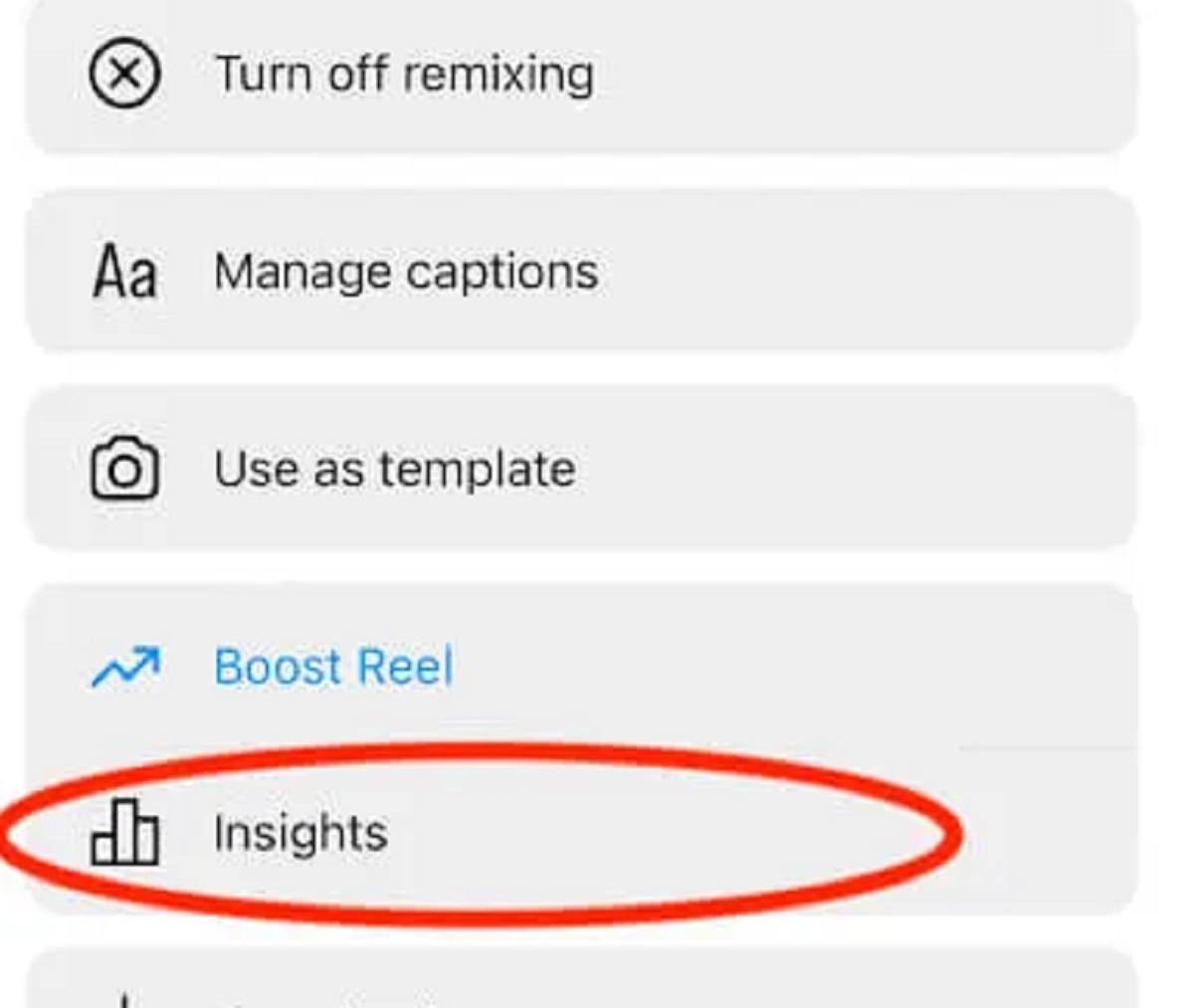The Real Story Behind Venture Fund Fee Structures
For years, it has been widely believed that all venture funds use the “2 and 20” fee structure. However, recent data suggests that this may not be entirely accurate. While the “2 and 20” model has been associated with hedge funds, it is also commonly utilized by venture capital (VC) firms and other investment funds. But what exactly does this fee structure entail, and is it as prevalent as we’ve been led to believe?
Key Takeaway
Contrary to popular belief, not all venture funds adhere to the “2 and 20” fee structure. While it remains commonly used, new data suggests that VC firms are diversifying their fee structures to better align with investor demands. This shift highlights the importance of transparency and the need for fund managers to differentiate themselves in a competitive market.
Understanding the Components of the “2 and 20” Fee Structure
The “2 and 20” fee structure comprises two main types of fees: a management fee and a performance fee. The management fee is a fixed percentage of the total assets under management (AUM) and is typically set at 2%. This fee is meant to cover various operational expenses, including rent, staff costs, marketing, and travel.
Contrary to popular belief, however, new data from Carta suggests that the 2% management fee is not as universally applied as previously assumed. While it remains a common practice, venture funds now exhibit a greater variety of fee structures. This shift is likely driven by various factors, including market competition, investor demands, and the increasing need for fund managers to differentiate themselves.
Diversification in Fee Structures
Many VC firms have recognized the need to offer more flexible fee structures to attract limited partners (LPs) and stand out from their competitors. This has led to a trend where some firms have departed from the traditional “2 and 20” model, opting for lower management fees and different performance fee structures.
While the 2% management fee is still prevalent, Carta’s data shows that some venture funds charge fees as low as 1.5% or even 1%. Additionally, some funds have introduced tiered fee structures, where the management fee decreases as the AUM increases. These alternative fee structures aim to align the interests of fund managers and LPs more closely, rewarding success while still allowing for necessary expenses.
The Importance of Transparency and Alignment
As the VC industry evolves, the focus has shifted towards transparency and alignment of interests between fund managers and LPs. Investors are increasingly demanding greater visibility into fees and the justification for such charges. Fund managers, in turn, need to ensure that their fee structures are fair and competitive, taking into account the value they provide to their investors.
























